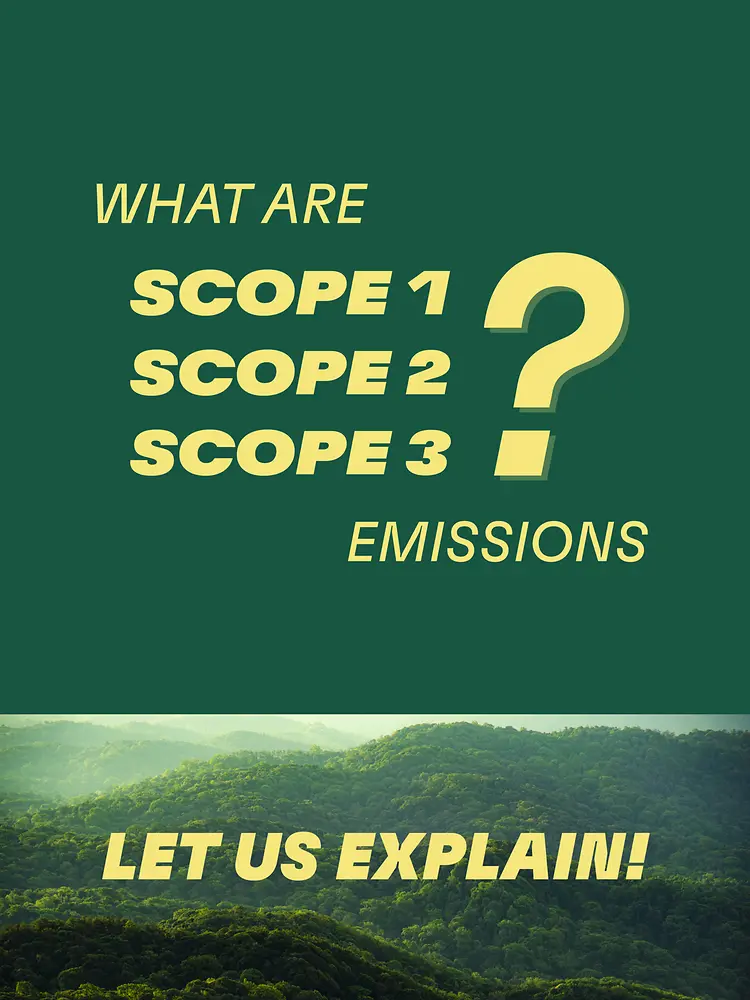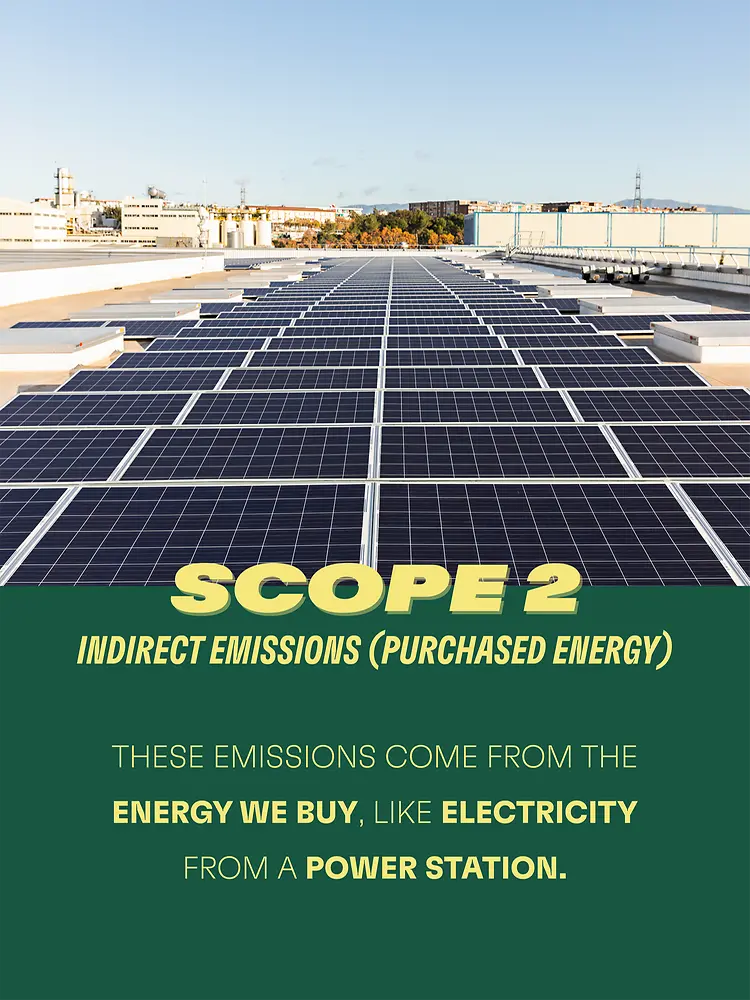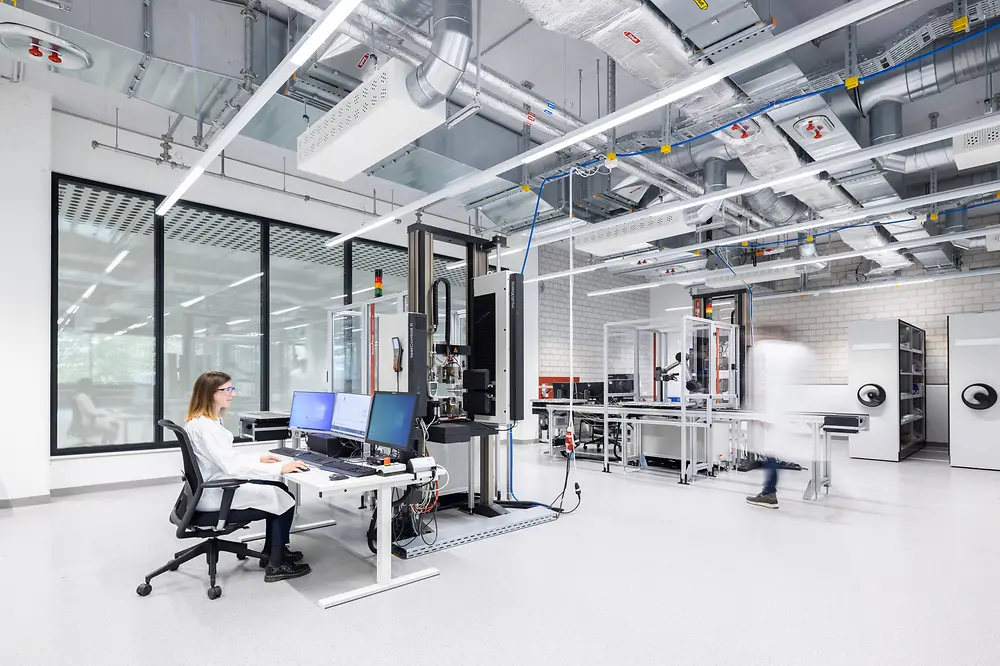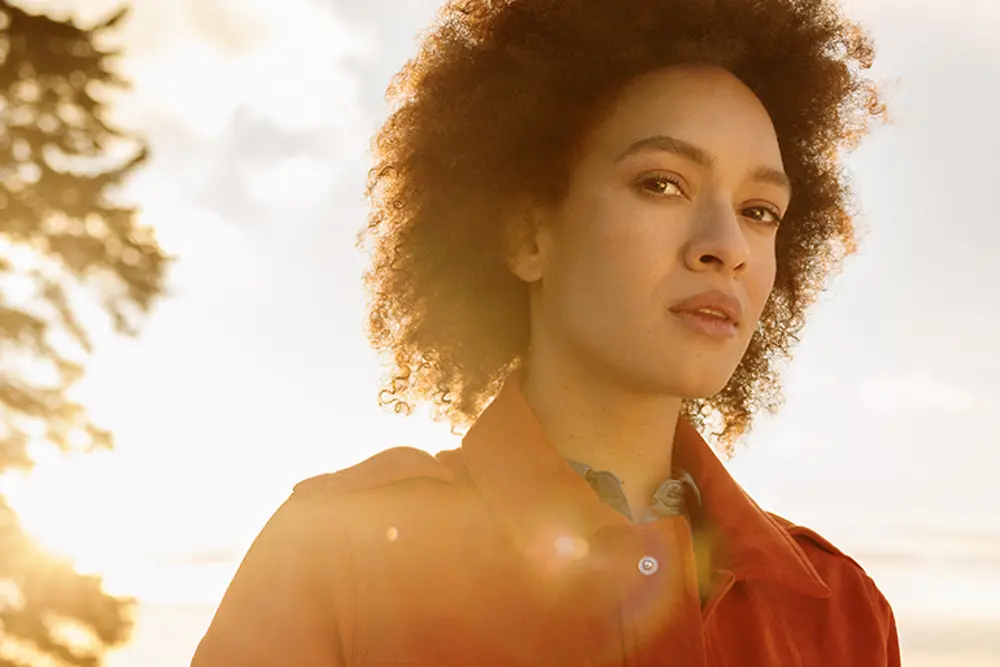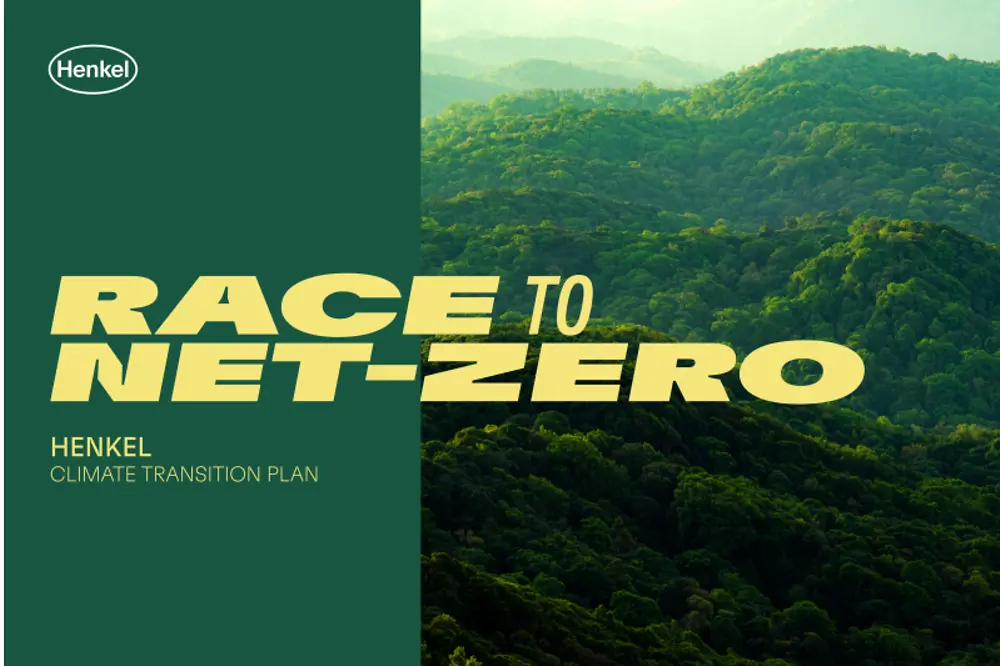But what do we mean when we say scope 1, scope 2 or scope 3 emissions? Where do they come from and how can we address them? We asked Dirk Ullrich, Senior Sustainability Manager Climate & Operations at Henkel to shed some light on the jungle of sustainability buzzwords and explain their definitions while giving us some examples – easy as one, two, three.
Overall, the production of our products accounts for a rather small fraction of our emission footprint along the value chain. And this is where the so-called scope 1 emissions primarily occur. Under scope 1 we cluster all direct emissions that come from sources that we as a company own or control, for example our production. This includes direct combustion of fuels – either mobile as in engines or stationery as in heating, power generation and cooling. To reduce our scope 1 emissions, we focus on optimizing our energy efficiency as well as on the deployment and sourcing of renewable energy at our sites. Exemplary energy efficiency measures are redesigning processes, energy recovery, and updating equipment. With respect to renewable energy deployment, we install solar panels and biomass boilers at our facilities to generate clean, renewable energy directly at the source besides sourcing low emission energy externally.
Whereas scope 1 emissions are caused by us directly, scope 2 emissions are indirect emissions from the generation of purchased energy. These emissions are referred to as indirect since the emissions originate at another facility, for example at a power station. So, for us it primarily includes electricity purchased, but also steam, heating and cooling. To reduce our scope 2 emissions, we target the transition to 100 percent renewable energy sources. Following the so-called GHG Protocol – the global leading GHG accounting framework – we aim for almost 100 percent electricity in our energy sourcing. For heat generation we rely on renewable fuels since the electrification of all processes is not feasible. To reach our emission reduction targets, we plan to source biomethane or other renewable fuels.
Just like in scope 2, emissions in scope 3 are indirect as well. They include all other indirect emissions that occur along the value chain that don’t fall into scope 2 and that are outside of our direct control. These include so-called upstream emissions which are generated by our suppliers that we, for instance, receive raw materials from. Furthermore, downstream emissions are also part of scope 3. These occur during the use phase of our products, but also during their transportation, or disposal. Scope 3 emissions make up the largest part of our total emissions, and especially use phase emissions have a large share in this emission scope. One way to decrease scope 3 emissions is by focusing on reducing the footprint of raw materials and packaging we use for our products. We also want to enable customers and consumers to reduce greenhouse gas emissions that are generated when they use our products by focusing on energy-efficient technologies and solutions that allow circularity and emissions savings. To this end, we work closely with our partners, customers, and suppliers reduce emissions wherever possible.






